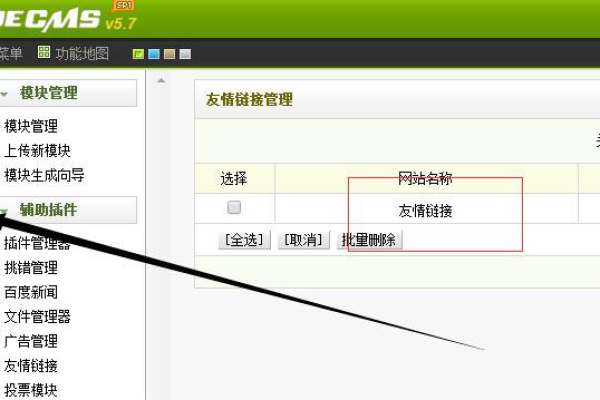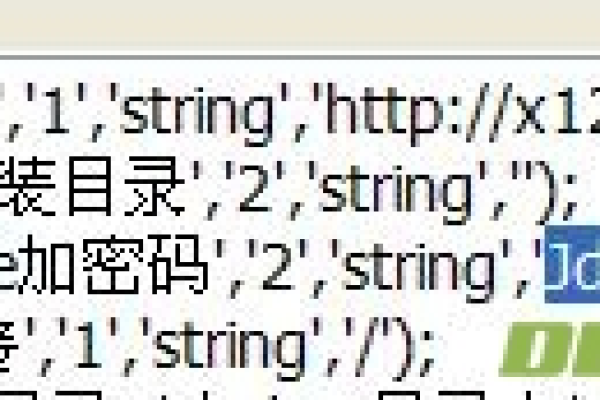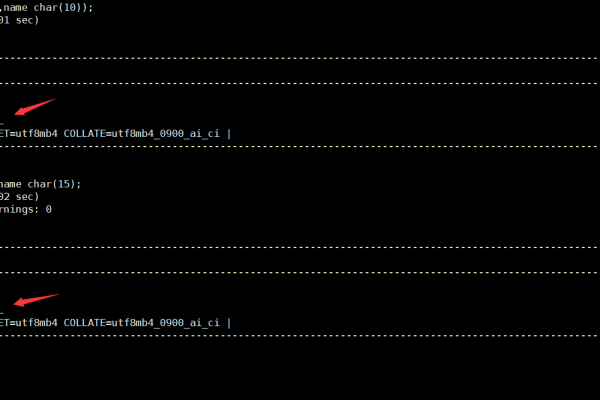如何在DeDeCMS织梦系统中实现RSS全站静态输出?
- 行业动态
- 2024-10-03
- 8
在织梦CMS(DedeCMS)中实现RSS全站静态输出,可以通过以下步骤完成:
方法
1、新增rss.php文件:在CMS根目录下新建一个rss.php文件,并添加相应的代码。
2、创建rss.html模板文件:在默认模板目录中新增一个rss.html模板文件,并编写相应的XML/HTML代码。
3、后台管理设置:在后台增加一个单页面,并设置模板文件名和文件名。
4、更新缓存和单页面:更新缓存并更新新增加的单页面,以生成全站性的RSS输出。
具体步骤
1. 新增rss.php文件
在CMS根目录下新建一个名为rss.php的文件,并添加以下代码:
<?php
require_once (dirname(__FILE__) . "/include/common.inc.php");
require_once (DEDEINC."/arc.partview.class.php");
$pv = new PartView();
$pv>SetTemplet($cfg_basedir . $cfg_templets_dir . "/default/rss.htm");
header("Contenttype:application/xml");
$pv>Display();
?>
2. 创建rss.html模板文件
在默认模板目录(/templetes/default)中,新增一个名为rss.html的模板文件,并添加以下XML/HTML代码:
<?xml version="1.0" encoding="{dede:global.cfg_soft_lang /}" ?>
RSS订阅{dede:global.cfg_webname/}
{dede:global.cfg_basehost/}
{dede:global.cfg_description/}
zhcn
{dede:global.cfg_webname/}
{dede:global.cfg_adminemail/}
{dede:arclist row='100' col='1' titlelen='200' orderby='pubdate'}
<item>
<link>http://www.yourdomain.com[field:arcurl/]</link>
<title><![CDATA[[field:title function='html2text(@me)'/]]]></title>
<author>[field:writer/]</author>
<category>[field:typename/]</category>
<pubDate>[field:pubdate function='strftime("%a, %d %b %Y %H:%M:%S +0800",@me)'/]</pubDate>
<guid>http://www.yourdomain.com[field:arcurl/]</guid>
<description><![CDATA[[field:description function='html2text(@me)'/]]]></description>
</item>
{/dede:arclist}
注意将http://www.yourdomain.com替换为你的网站域名。
3. 后台管理设置
在后台——核心——频道模型——单页文档管理中,增加一个单页面,在“模板文件名”项中输入第2步中涉及的模板文件rss.htm,而“文件名”中输入未来RSS订阅地址,这里直接生成在CMS根目录下。
4. 更新缓存和单页面
更新一下缓存,并更新刚刚新增的单页面,即可看到全站性的RSS输出,以后就可以用各种RSS软件去订阅这个RSS地址了。
扩展说明
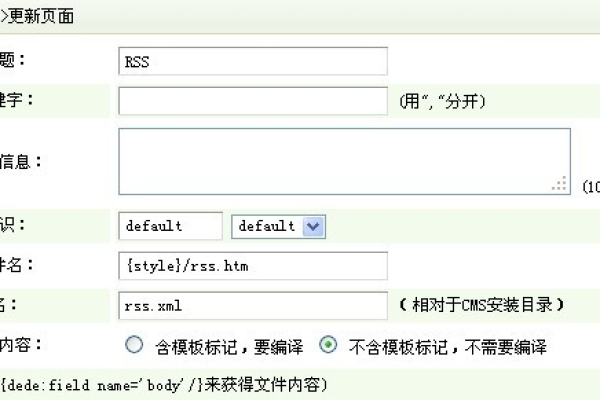
如果需要调用单页内容,可以对rss.html的模板代码进行修改,通过SQL语句来调用单页内容。
{dede:sql sql='Select * from dede_sgpage order by uptime asc limit 48'}
<item>
<link>http://www.yourdomain.com/[field:filename/]</link>
<title>[field:title/]</title>
<author>[field:writer/]</author>
<category>[field:typename/]</category>
<pubDate>[field:uptime function='strftime("%a, %d %b %Y %H:%M:%S +0800",@me)'/]</pubDate>
<guid>http://www.yourdomain.com/[field:filename/]</guid>
<description>[field:body/]</description>
</item>
{/dede:sql}
相关问答FAQs
1、Q: 如何修改RSS输出的条目数量?
A: 可以在rss.html模板文件中的arclist标签中修改row属性的值,例如将row=’100’改为row=’50’,表示每页显示50条记录。
2、Q: 如何调用单页内容到RSS输出中?
A: 可以通过在rss.html模板文件中添加{dede:sql}标签,并通过SQL语句从dede_sgpage数据表中选取需要的单页内容。{dede:sql sql=’Select * from dede_sgpage order by uptime asc limit 48′},然后使用字段标签如[field:title/]、[field:body/]等来输出单页的标题和内容。
DeDeCMS织梦实现RSS全站静态输出的方法
1. 引言
RSS(Really Simple Syndication)是一种用于内容发布的格式,它允许用户订阅网站上的内容,以便及时获取更新,DeDeCMS织梦是一款流行的内容管理系统,支持RSS订阅功能,以下是如何在DeDeCMS织梦中实现全站静态RSS输出的详细步骤。
2. 准备工作
确保您的DeDeCMS织梦版本支持RSS输出。
确认您的服务器环境支持静态文件的生成。
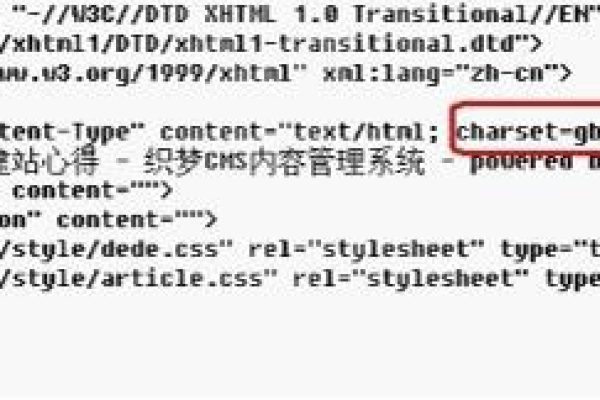
3. 修改配置文件
1、打开DeDeCMS织梦后台管理。
2、进入“系统设置” > “全局参数”。
3、在“基本参数”中找到“生成RSS静态文件”选项,确保它被勾选。
4、设置RSS静态文件的存储路径,建议选择一个不易被直接访问的目录。
5、点击“保存”按钮,保存设置。
4. 生成RSS静态文件
1、进入“系统设置” > “全站静态”。
2、在“静态设置”中,找到“生成静态方式”选项,选择“生成RSS静态文件”。
3、点击“开始生成”按钮,系统将开始生成全站的RSS静态文件。
5. 验证RSS文件
1、在生成的静态文件目录中找到RSS文件,通常文件名为“rss.xml”。

2、使用浏览器或RSS阅读器打开该文件,验证内容是否正确。
6. 测试和优化
1、测试RSS订阅功能,确保用户可以正确订阅您的网站内容。
2、根据需要调整RSS输出的内容,例如调整输出的文章数量、分类等。
7. 安全注意事项
确保静态文件目录不被直接访问,以防止潜在的安全风险。
定期检查和更新DeDeCMS织梦系统,以修复已知的安全破绽。
8. 归纳
通过以上步骤,您可以在DeDeCMS织梦中实现全站静态RSS输出,从而提高网站内容的可访问性和用户体验。


